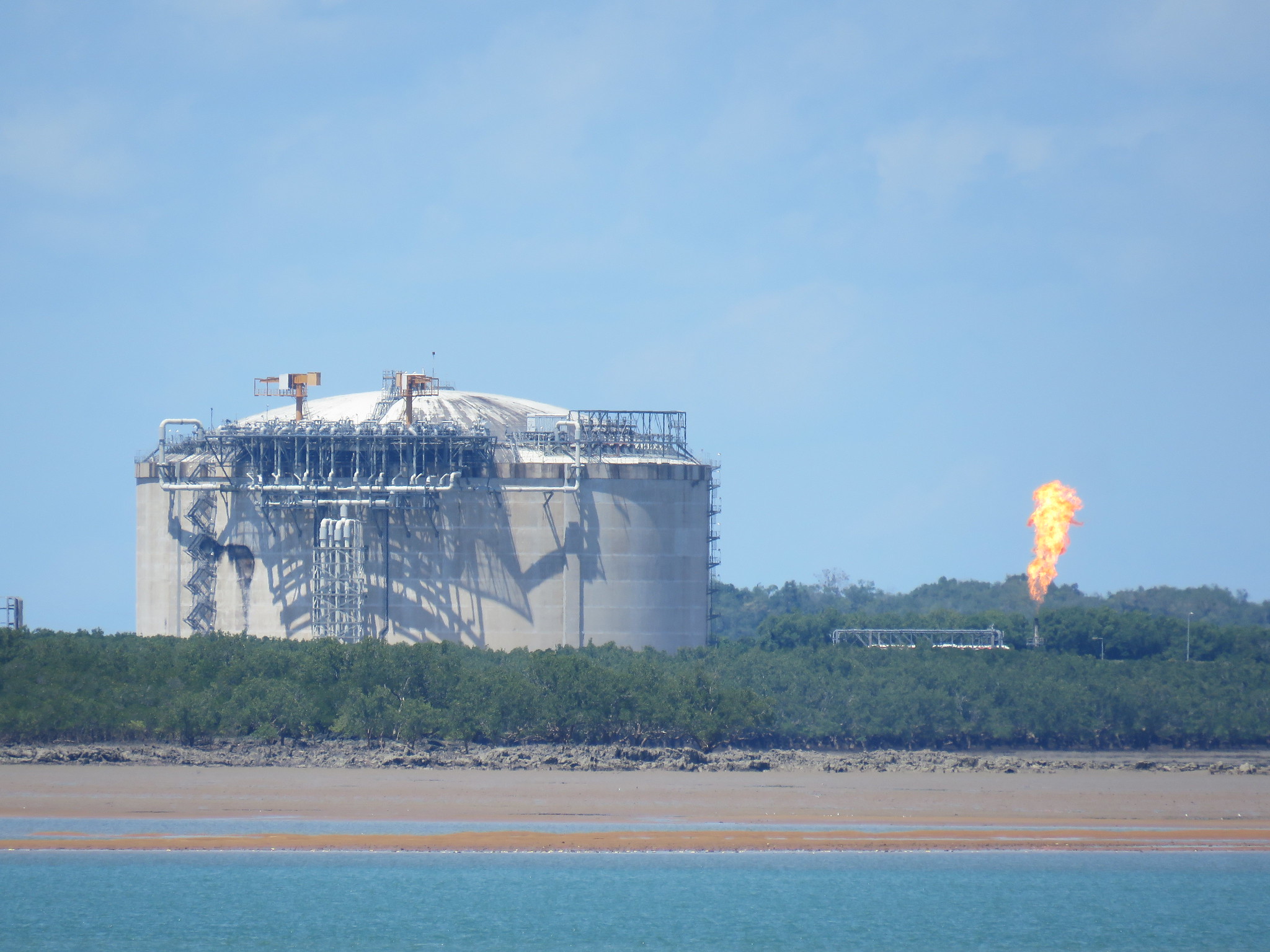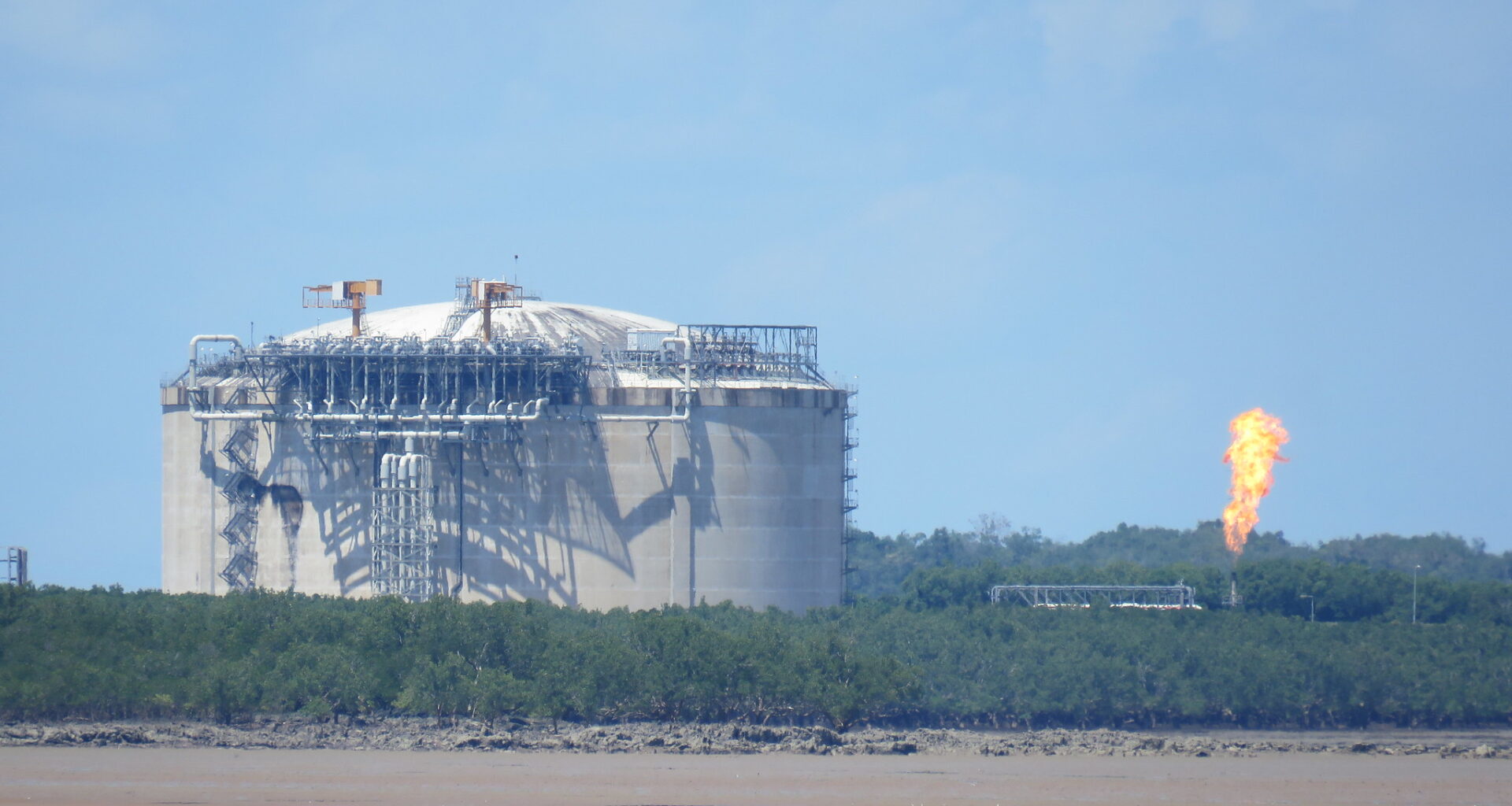
There’s no shortage of gas in Australia, just a shortage of vision around how we move it. Gas supply issues on Australia’s east coast are a failure of policy, infrastructure and national resolve. If Australia wants energy security, it must start treating gas infrastructure as a strategic capability, not a market afterthought.
For more than a decade, Australia has sold itself the myth that the market will solve its energy problems. But markets only function when the plumbing works, and right now, Australia’s gas transport network is broken. From the Northern Territory to the southern manufacturing zones, the gas system lacks the basic connective tissue that enables efficiency, flexibility and resilience.
The consequences are playing out in real-time. Eastern manufacturers are paying international prices for domestic gas, and households are shouldering energy bills shaped more by liquefied natural gas export indexes than by national supply realities. While price caps, export controls and emergency terminal approvals dominate headlines, they’re treating symptoms, not causes.
We need a coordinated national gas infrastructure strategy: a real-world, shovel-ready blueprint that recognises gas as both an economic enabler and a strategic asset.
Australia’s east coast gas market isn’t a market in any meaningful sense. It’s a fractured system dominated by legacy export contracts, limited transport capacity and a lack of national coordination. We have gas in the north and demand in the south, but no reliable or scalable way to connect the two.
This structural failure has led to a bizarre contradiction: Australian users are exposed to international pricing for liquefied natural gas but are cut off from the global supply chain. The result is price volatility without supply redundancy, an equation that weakens our energy security and independence equally.
Reliable access to dispatchable gas underpins Australia’s industrial base. It keeps the grid stable. It fuels high-heat processes and critical manufacturing. In a system increasingly reliant on renewables, it fills the gaps that batteries alone can’t bridge. Gas isn’t a transitional relic; it’s a cornerstone of continuity.
Critics argue that gas has no place in a decarbonising economy, but this is a false binary. A realistic transition requires dispatchable energy sources that can stabilise the grid. Until large-scale storage and zero-carbon industrial alternatives are proven and deployed on a large scale, gas remains an essential part of the decarbonisation pathway.
As singer Hozier puts it in Too Sweet: ‘I’ve had enough… of love that’s never sweet.’ Those lyrics can apply to Australia’s gas supply issues, capturing something deeper about our relationship with energy markets: we’ve had enough of being promised reliable supply through deregulated frameworks that never deliver the security we need.
Markets do not, and cannot, price resilience. They don’t factor in natural disasters, cyberattacks or deliberate infrastructure sabotage. They react to scarcity, typically after the damage has already been done. That’s where the government must step in, not to override markets but to enable them to function in a way that supports national resilience.
Right now, we are intervening. Price caps, emergency terminals and temporary restrictions are reactive tools used by a system in crisis. The real challenge is to intervene strategically to create the architecture for long-term security, productivity and sovereign capability.
What does that look like?
First, the government can underwrite critical infrastructure, such as pipelines connecting the Beetaloo Basin and the Northern Territory to the east coast, where private capital is deterred by first-mover risks. This is no different from our approach to defence infrastructure or major water projects. The risk is sovereign, so the response should be, too.
Second, Australia should develop a national gas transport strategy, akin to the Integrated System Plan for electricity, that identifies bottlenecks, forecasts future needs and guides infrastructure investment accordingly. Private sector actors can’t plan a national network in isolation. The government must provide a blueprint.
Third, demand certainty can be created through long-term contracts or capacity auctions for gas-firming. These tools send clear investment signals while giving manufacturers the confidence to stay anchored in Australia.
None of these measures involve picking winners or distorting the market. They aim to enable a system that aligns commercial incentives with strategic outcomes. If we do nothing, the costs will be significant for industry, investment and national preparedness.
This is no longer just an energy debate; it’s a matter of sovereignty—one that cuts to the heart of our economic independence, national resilience and capacity to respond in a crisis.
We’ve seen how supply shocks, from global pandemics to geopolitical coercion, can turn theoretical vulnerabilities into real-world shortages. Gas is not immune. It’s one of the most exposed sectors.
Australia can either build a connected, modern and resilient gas transport system, or it can continue to let geography, legacy contracts and regulatory inertia dictate its energy future. One path strengthens national capability. The other cements our vulnerability.
